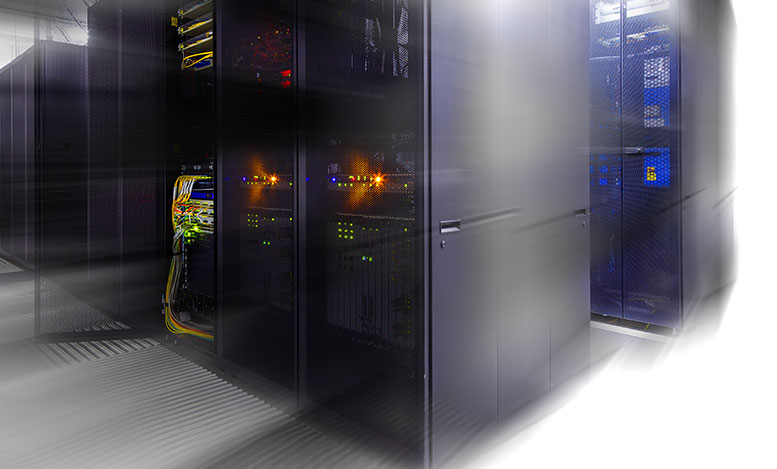Few organizations have the internal resources in place to efficiently support the implementation of new technologies. With the movement to hybrid data centers and to hyper-converged data center operations, IT faces considerable challenges to re-platform and modernize IT operations.
Legacy system modernization is typically a large, multi-year project. Because these existing systems are often critical to business operations, deploying the modernized system all at once introduces an unacceptable level of operational risk. Available resources have to be clearly defined, and business processes must be streamlined and adapted to accommodate changes and advances in technology infrastructure.
Managing the Shift to Bimodal IT
To roll out new IT platforms and modernize IT infrastructure, managing technology risks therefore is a crucial consideration. That’s why many organizations adopt what Gartner refers to as a “Bimodal” approach based on the practice of “managing two separate but coherent styles of work – one focused on predictability and the other on exploration.”
With this methodology, Mode 1 refers to improving IT infrastructure in more well-understood areas so IT can focus on improving what is known while renovating a legacy environment into a state fit for a digital world. In contrast, Mode 2 is more exploratory, where IT experiments to solve new challenges.
Both modes are essential to digital transformation. They provide a framework for effectively managing the re-platforming of IT operations, with more established systems following Mode 1 processes to provide a more predictable and planned transformation of products and technologies while more innovative technologies are concurrently evaluated and adopted using a Mode 2 approach.
Operating Through Technology Transformations
Upgrading core technology platforms to support digital transformation is a major business initiative facing companies with proven and reliable systems that seek to gain the productivity and efficiency advantages offered by new technology platforms.
Replacing the technology itself is a complex process, but digital transformations also require changes in business processes, policies, and procedures.
This includes developing proper methodologies for benchmarking products and technologies and selecting the right platforms and services to support re-platforming and modernization efforts. The world order is changing within many companies, and IT skill sets have to similarly evolve to quickly build organizational expertise in selected platforms and services.
Selecting the Right Partner
Managing modernization efforts while maintaining existing IT infrastructure and proven business processes requires a best practices approach and external assistance. IT typically needs not only assistance with planning and selecting the right platform migration options, but also with maintaining core platforms during transitional times.
Through proven IT service methods and our best practices that leverage our established technology deployment methods, you can augment your existing IT staff with experts that can guide you through technology transitions.
Connection can help you implement Bimodal transformations and move to hybrid or hyper-converged data centers. Our centralized network operations center (NOC) and our help desk capabilities allow clients to better support IT operations and respond to end user issues during technology changes. For more information, read further about our Lifecycle Practice and our Technology Deployment Solutions.

